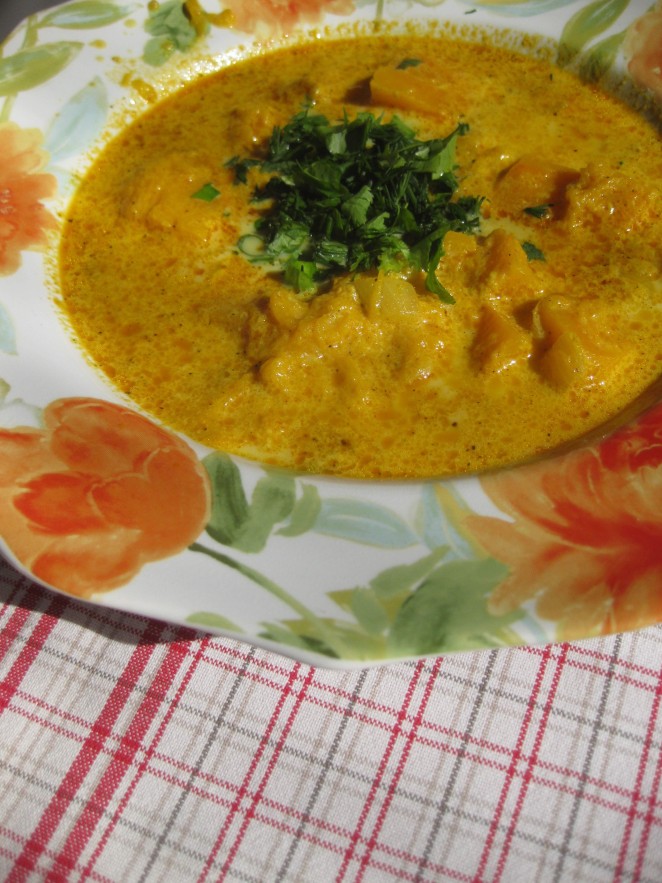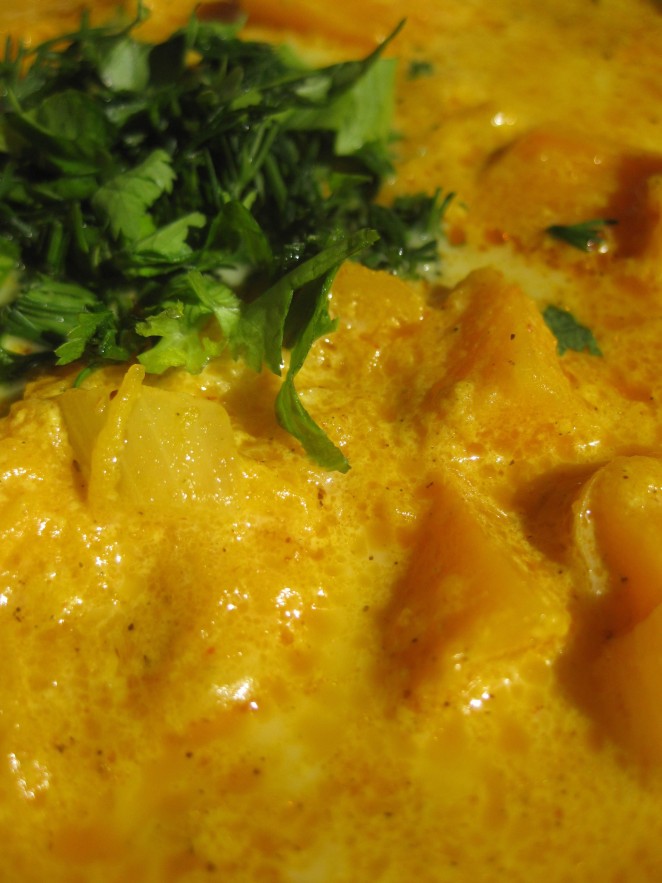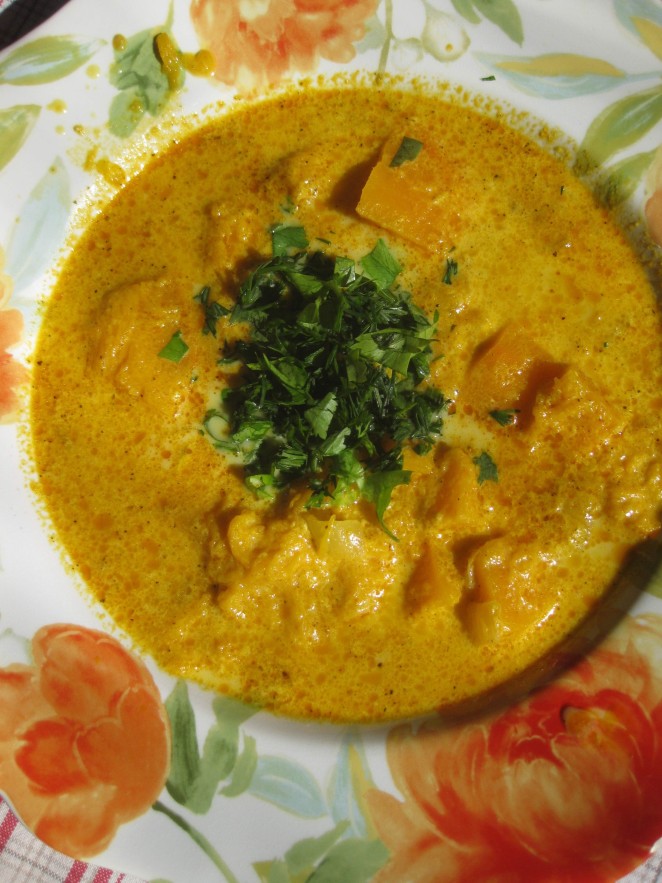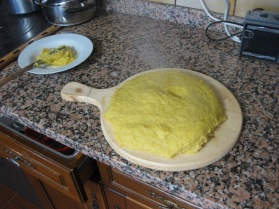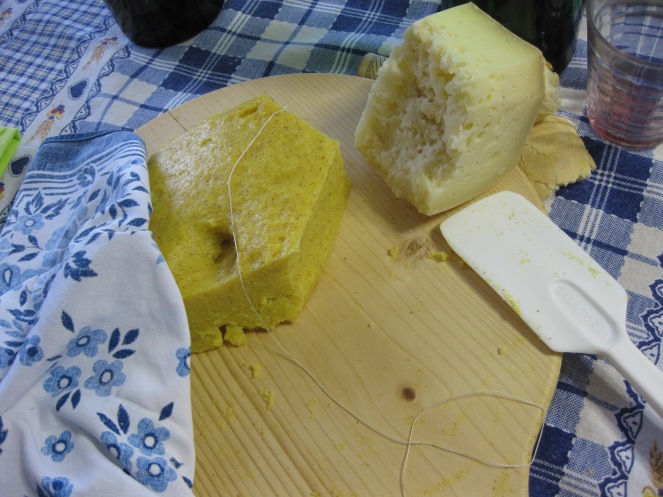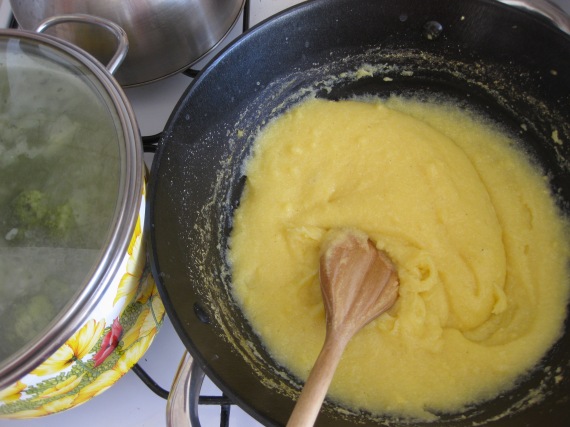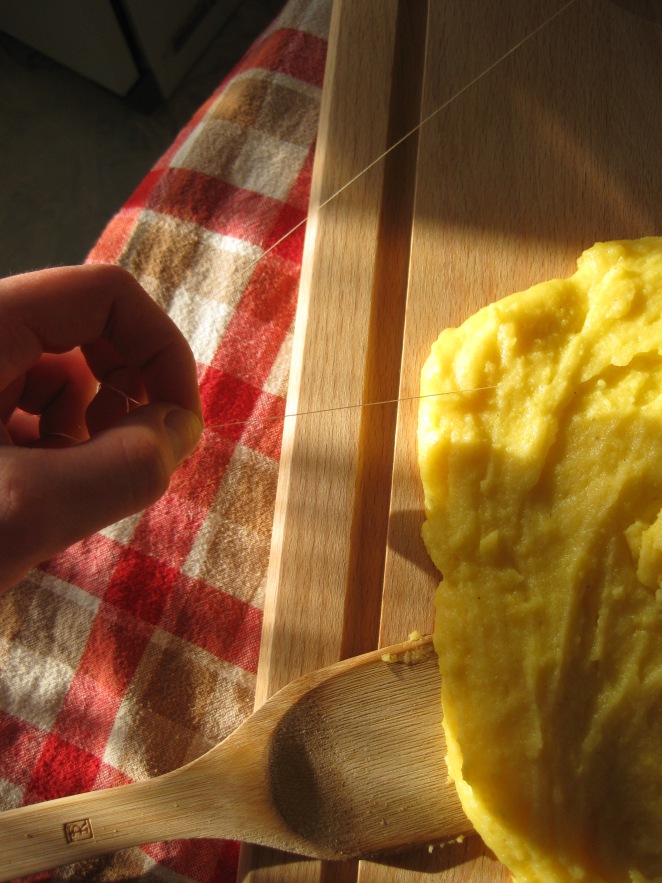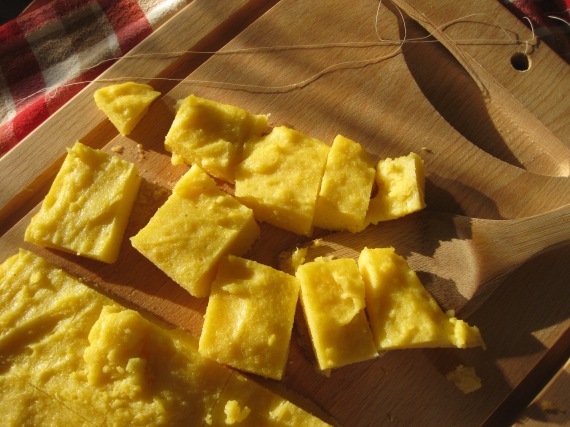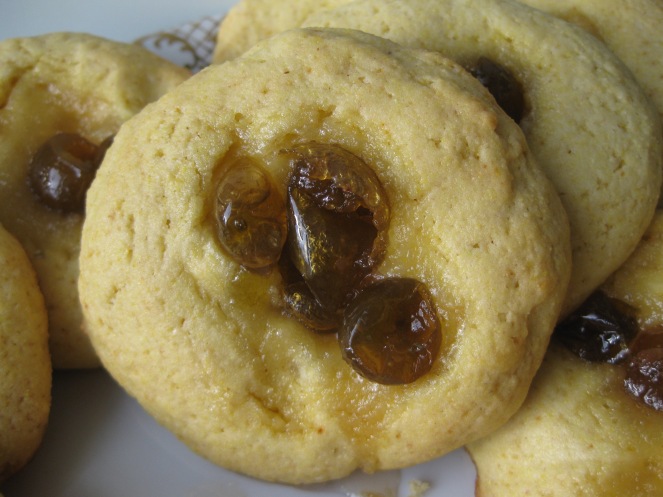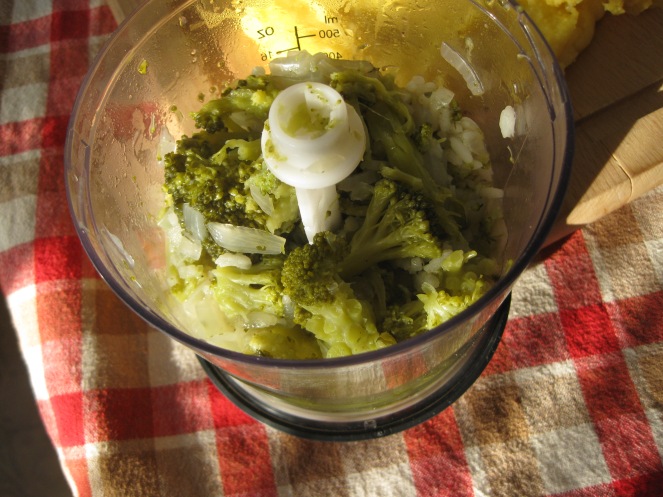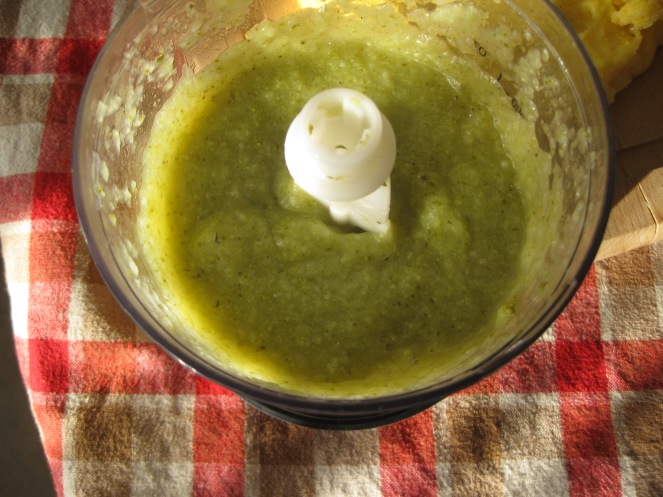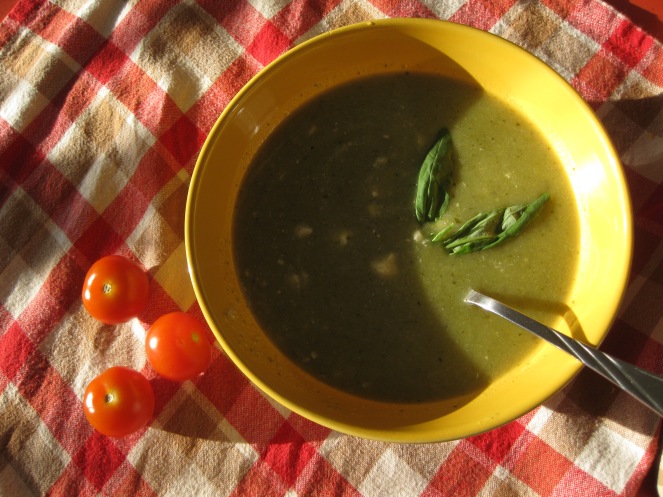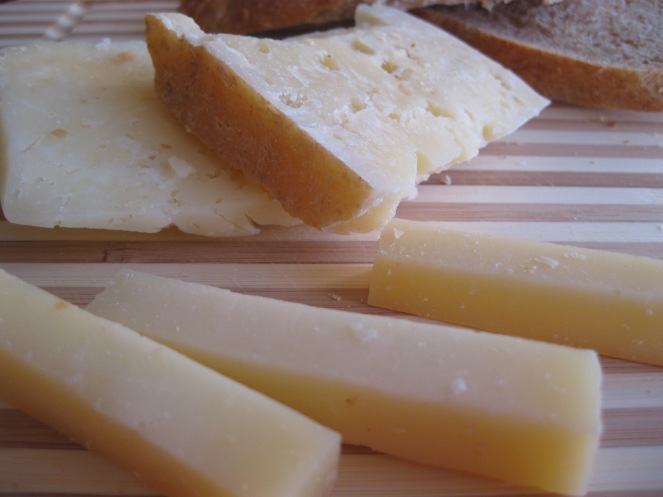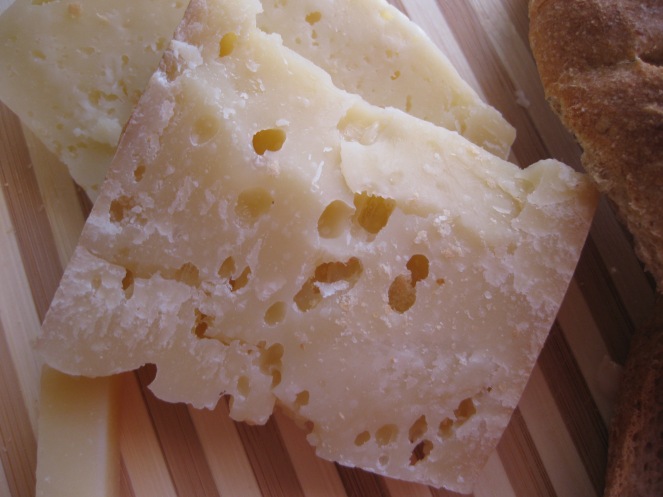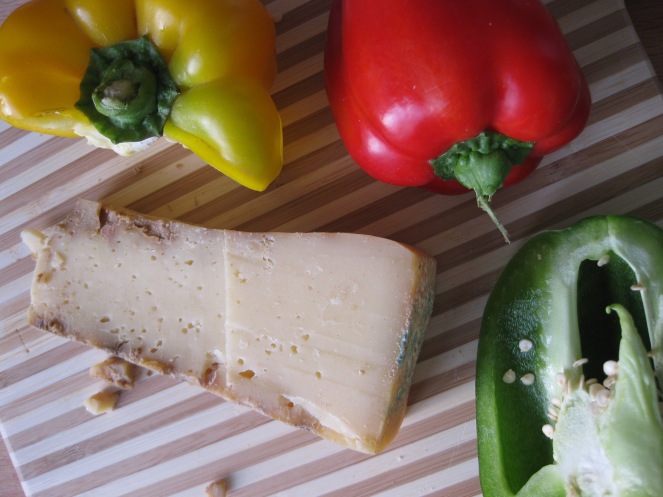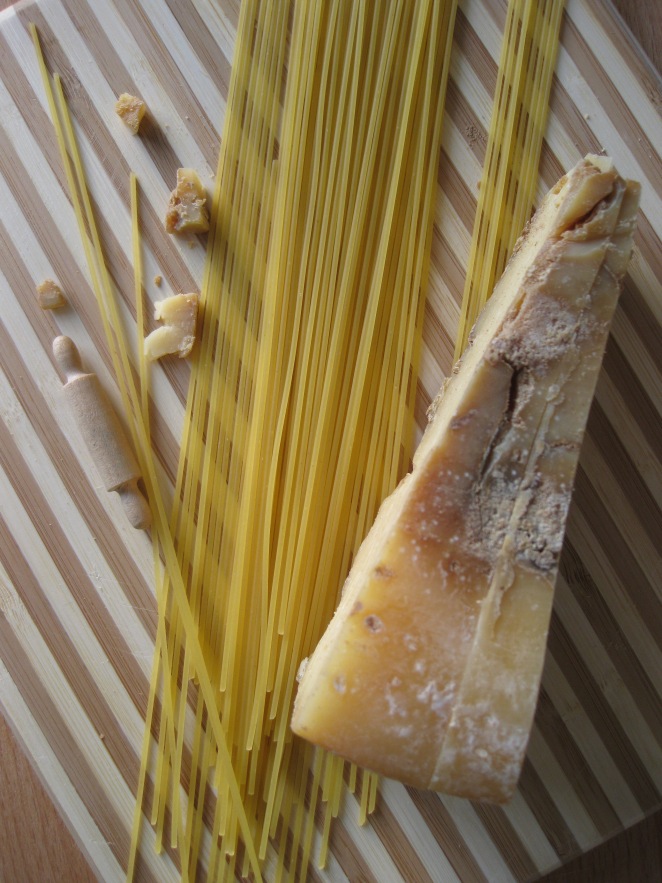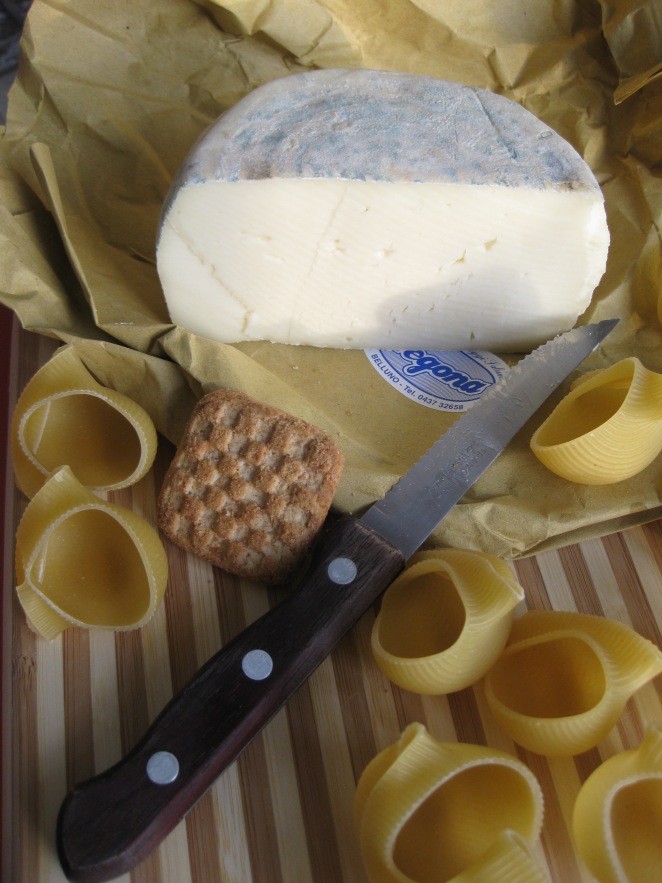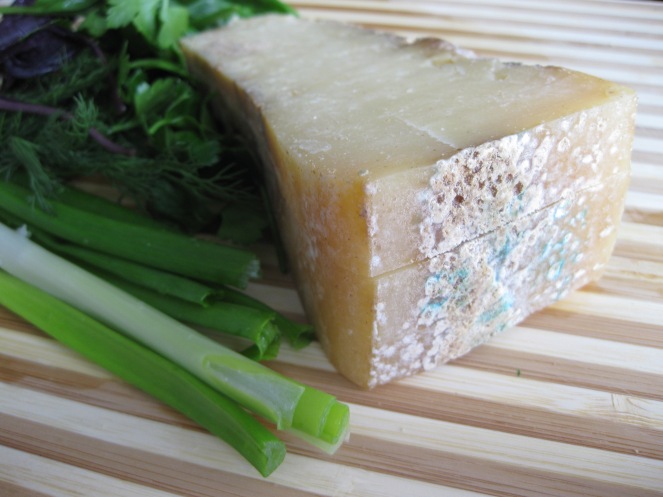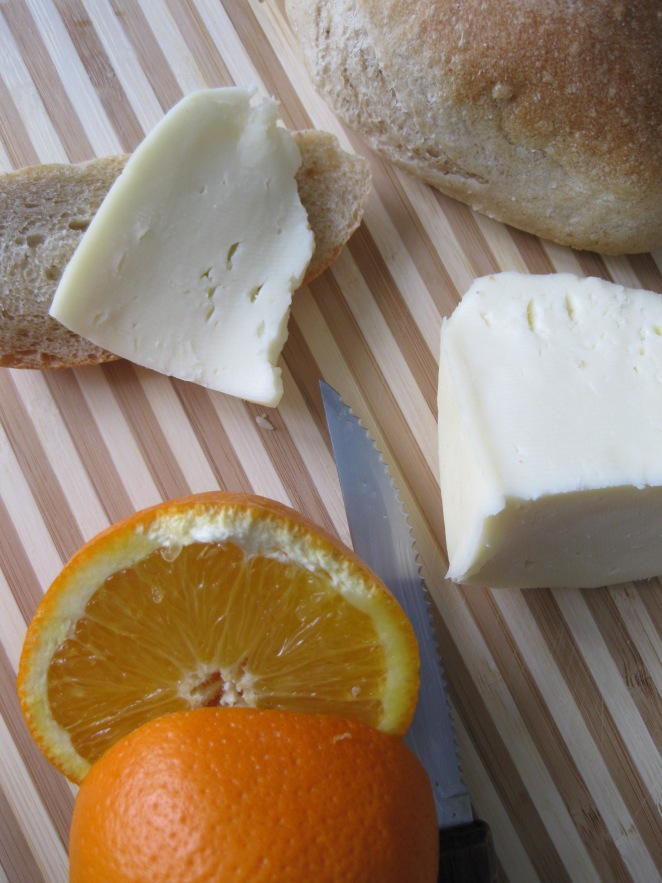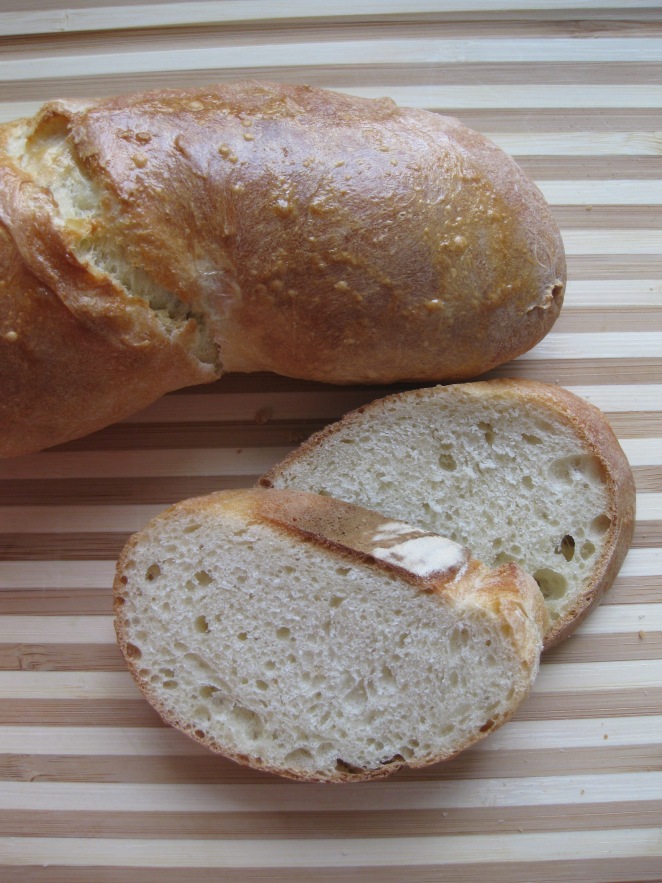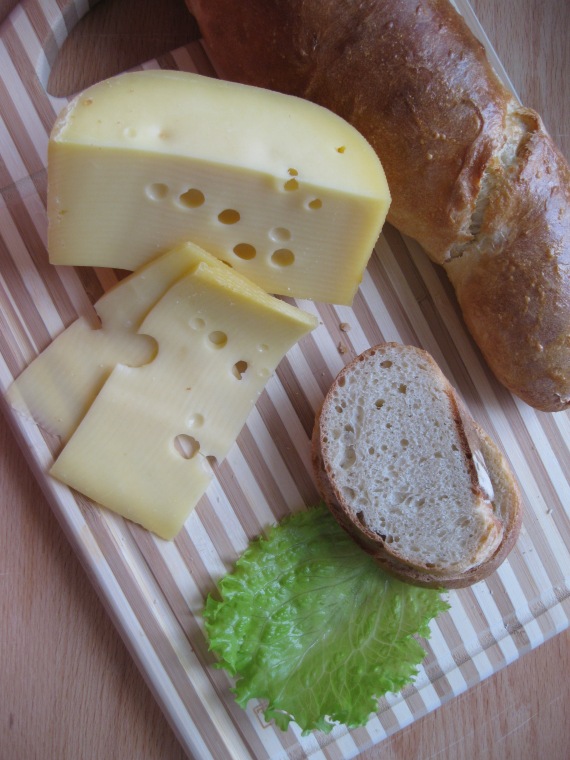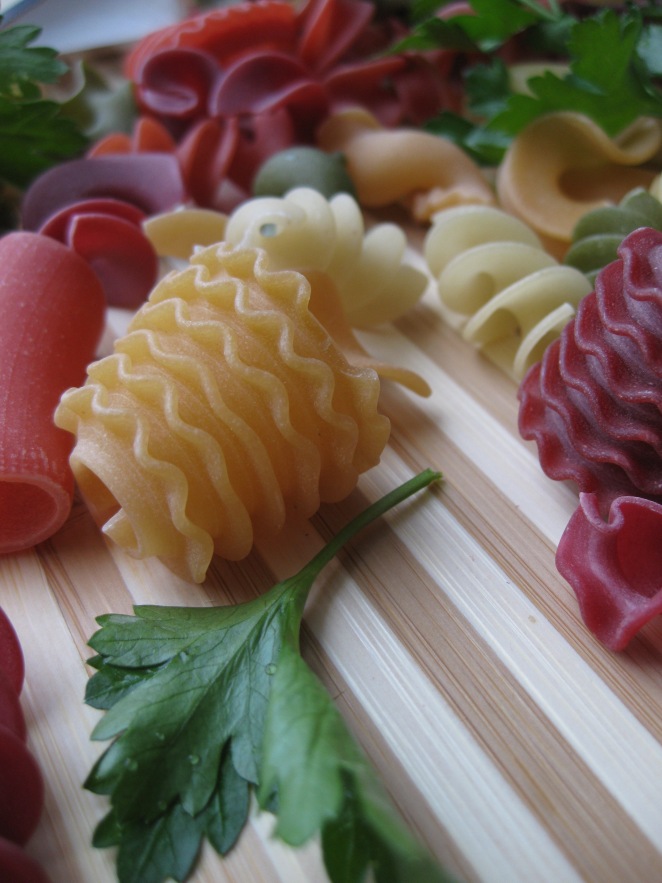When I get older losing my hair (oh no!) many years from now… I will definitely write my memoirs on how I was looking for a job back then (I mean, now), especially the interviews and the places I visited in and about. Sometimes I just think that either I’m mad or it’s just somebody testing my sense of… humour? =P ok, enough about it, I’ve been out of work a little bit too much already, I just need to get it. Meanwhile the spring is very reluctantly moving into our parts and doing it really alarmingly slow. Perhaps spring has been delayed at the customs… Overcast skies, snow at its worst stage (melting and exhibiting all the dirty ‘snowdrops’ as my Mother calls them, meaning all the objects left there during the winter), nude trees combined with the joy from walking on the DRY road (the next joy – especially for a girl – would be to forget all the heavy clothes and boots for at least several months!), listening to the birds and feeling the spring wind on your face. We’re not in a hurry, right?
I’m a bit behind the ‘schedule’ with this post – cause I baked these things already last month. However, they’re non the less recommendable 😉 One is a traditional Italian pastry pie and the other is a variation on the Jewish braided bread. Both contain orange, in some way or another. Let’s start with the pastry pie, an Italian recipe I found after purchasing a jar of orange & elderflower jam in IKEA. There are several recent things Italian that come to my mind – watching The Godfather (finalmente!), going to the Italian film festival (for a Greek movie actually) and compiling a scaletta (=staircase) of 7 compositions, following the law of six degrees of separations, this time for music, for the Italian Rai 3 programme Sei gradi – yesterday they mentioned a certain Giorgia di San Pietroburgo, wohoo : ), well, though I will hardly ever get a chance to have my choices broadcast on the radio, that was a good exercise in Italian to explain them! Could I not have mentioned this? Weeeeell 😉
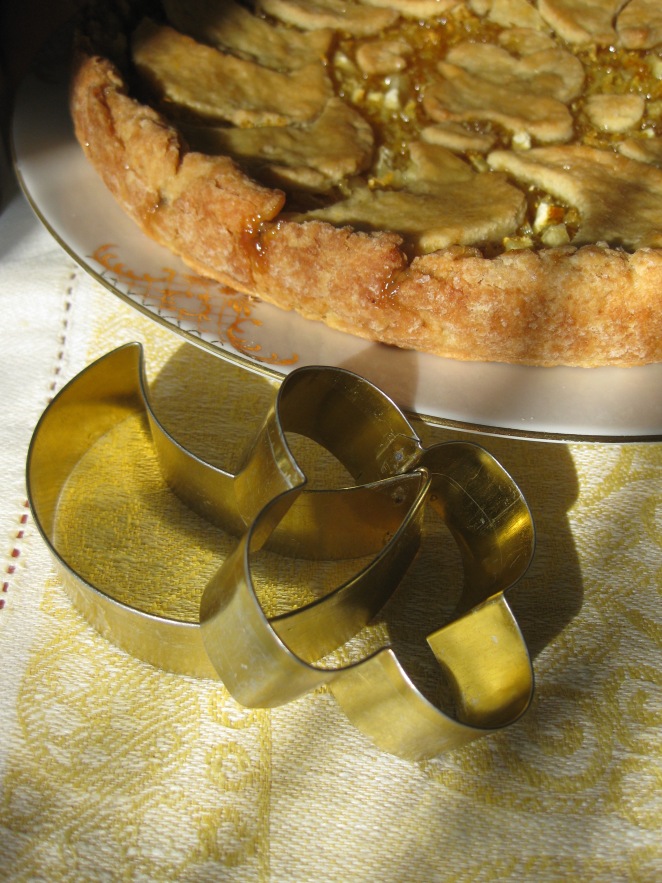
See the cookie cutters? These are very old. 10 different shapes (star, flower, heart, moon, FISH). From this very set of cutters which certainly can still be found in kitchens all around Russia, perhaps without the box which we also threw away oh my almost 4 years ago, when we took this picture. I was performing one of those ‘cleaning’ attempts (or fits of ‘I’m gonna throw all this away!’) before moving to Strasbourg for a year:
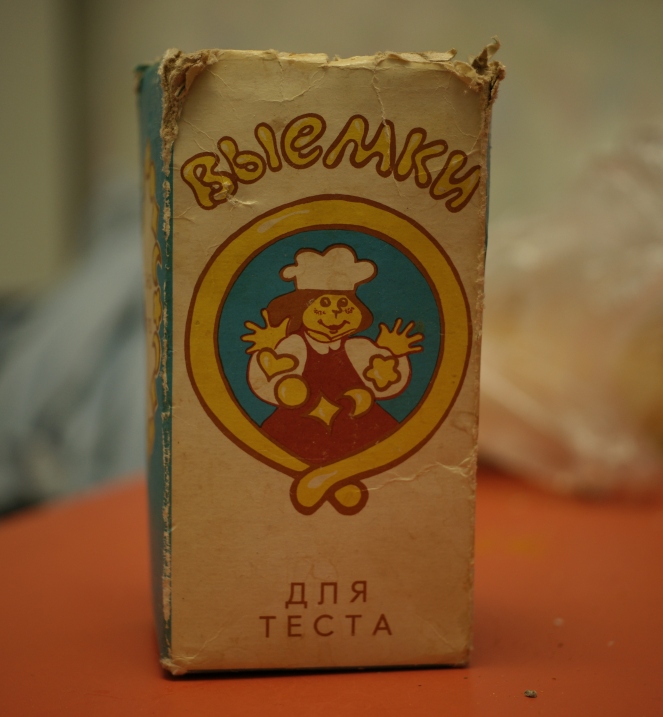
How’s the Soviet design (I remember David Ogilvy has some fine specimens of the advertisement in the Soviet-friendly Eastern Europe in his On Advertising book)? The box had ‘Handy and Tasty’ written on one of its sides as well as a recipe of shortbread cookies with 200g of margarine… no, thanks. Let’s better make olive oil pastry for this pie:
Crostata con frolla all’olio extravergine, or Pie with Extravergin Olive Oil Pastry translated, adapted and published with the kind permission of Tamara (Grazie mille ad autore di Pezzo della mia MAREMMA!) will make a thin pie with zesty orange inside – or choose your favourite jam!
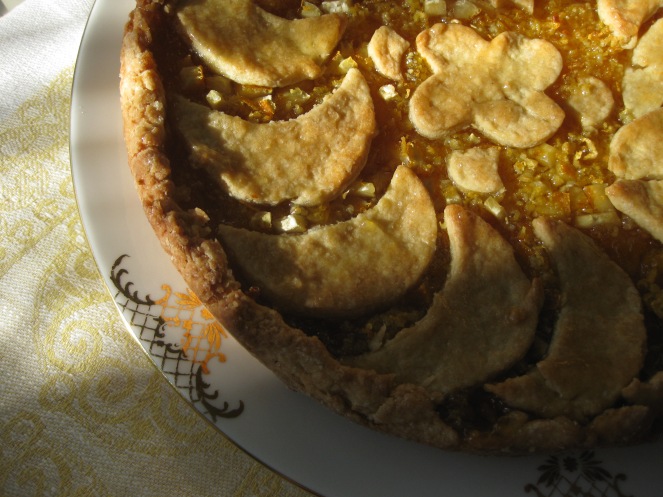
Ingredients:
For the pastry (enough for two regular pies for me):
- 400g of flour (originally the fine soft wheat Italian flour ‘farina 00‘)
- 1/2 envelope of baking powder – I added just a bit of powder + some salt
- 1 Tbs of orange honey (miele d’arancio) – for the lack of which I used just plain honey
- 100ml of extra vergin olive oil – tssss, I mixed in some sunflower oil too…
- 2 organic eggs – well, eggs
- 200g of sugar – I added about a fourth of this amount
A choice of fillings:
- a jar and a half of orange marmalade (marmellata di arance) – orange & elderflower jam from IKEA works fine + I added orange zest
- a small jar of strawberry and mint jam
- a small jar of pears and coffee (wow!)
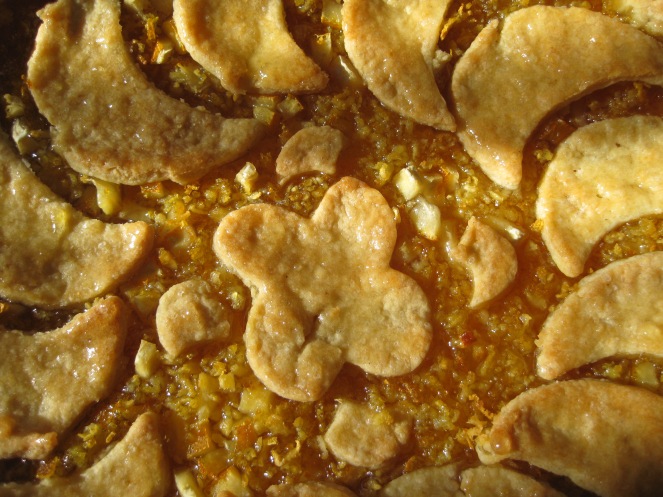
Method:
Put all the pastry ingredients in a blender or quickly knead everything by hand (which I did, perhaps just not THAT quickly), make a disk of dough, wrap it in a plastic foil and chill for about 30 min.
Knead again, roll the dough out enough to fill your pans / pan, which you should butter and flour. The author suggests trying all the possible variants here, whatever you find best. I used my springform pan, leaving some dough not only for some shapes for the decoration but also an entire second pie, actually! For the second pie I used black currant jam (and it reminded me of another traditional crostata, Crostata di Marmellata, that I tried last summer).
Place the rolled out dough in the pan (I made borders too), pour your marmalade over. If you choose to decorate the top with some extra dough shapes, do it 😉 Bake at 180 ‘C for 35/40 minutes – and be careful, the pastry gets browned very fast. Mine took less than 30 minutes, and when it was out of the oven, I brushed the pastry with extra orange jam.
Result: Extra orange zest was good! And the dough was just very good. What more to say, an Italian pie with oranges!
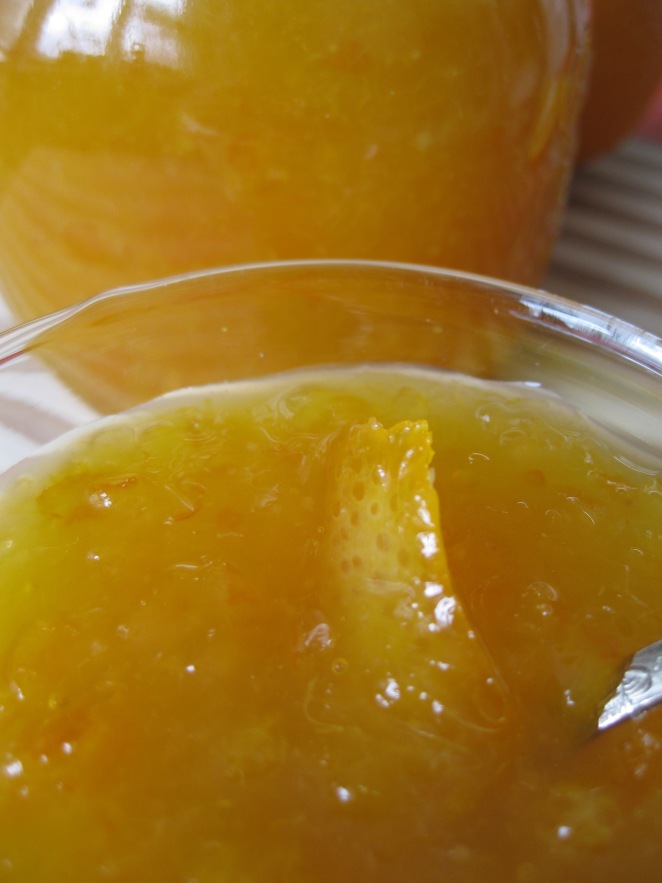
Not these oranges, though. Cause this amazing jam was finished very quickly and I had just enough time to snap some photos of it… We brought a jar of this jam over from Veneto, Italy, from the warm and welcoming house of Caterina’s family, along with lots of other really tasty things. And yes, it’s a home-made jam from juicy oranges, not over sweet and with bits of zest inside, mmmmm… And YES, I’m going to post the recipe, since Caterina gave it to me… Hope the giving away of the family secret will bring only satisfaction to those who’ll try it (I haven’t yet). Wanna get this?
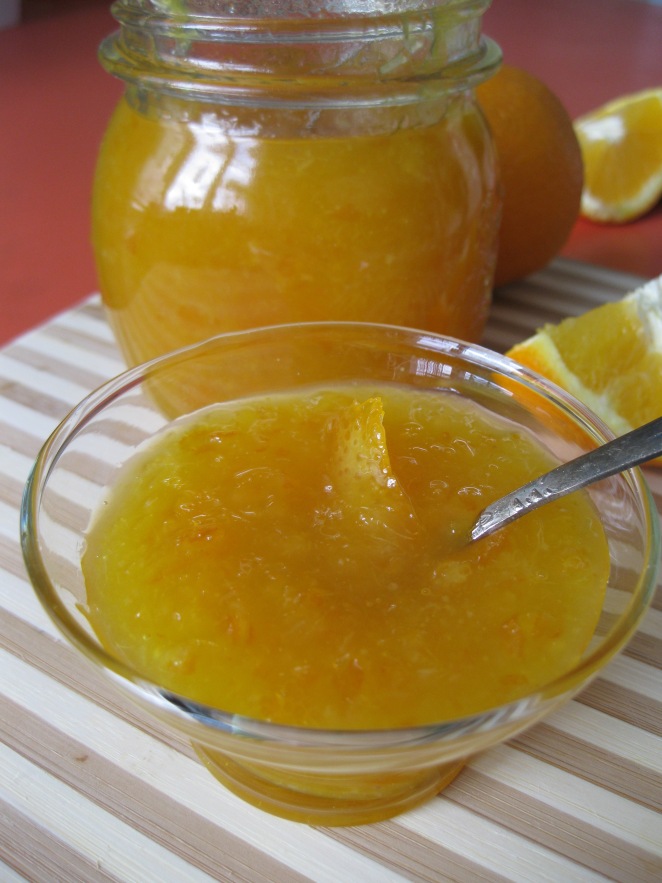
…then do the following:
La marmellata di arance or the family recipe for the orange jam from Caterina’s Mother, whose original recipe contained just 11 words
Hey, let’s learn some Italian, hm? It’s easy! So…
1 – Pelare le arance togliendo solo la parte arancione della buccia e tenerla da parte – Peel the oranges, cutting only the orange part (zest) of the rind and reserving it (not that difficult, right? pelare – peel, parte – part, and solo – sure you know it already!)
2 – Rimuovere la parte bianca della buccia e buttarla via – Remove (easy, eh?) the white part of the rind and throw it away (via! via!)
3 – Far bollire la polpa e la buccia – Boil the flesh and the reserved zest
4 – Macinare/frullare – Grind or mince using a mixer
5 – Mettere il 50% del peso delle arance in zucchero – Add sugar (50% of the weight of the oranges)
6 – Cucinare 🙂 – Cook!
So the original ricetta was this: ‘arance e zucchero, lasciare bollire, assaggiare per vedere se è buona‘. Love that =) (‘oranges and sugar, boil, check to see if it’s ok’)
If you try the recipe, please let me know! But I’m sure that with fine oranges and lots of fine movements from you part you will end with this soft and thick jam:
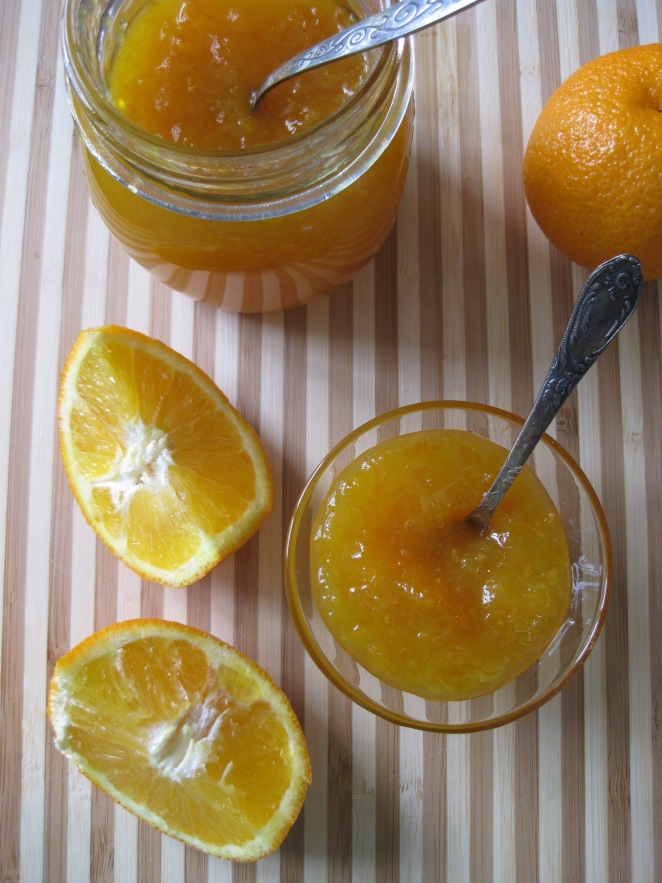
And now, reunited with the previous pie recipe, here’s a leavened dough sweet bread – also with orange zest. The recipe will yield two braids and if you’re not going to eat them both on the spot (which you might as well do…), you can freeze the other braid and without any re-heating in the oven it will just come to the room temperature all right! Or cut the recipe in half, but… better make the second braid too, just in case 😉

Chocolate Chunk Challah adapted from www.6bittersweets.com will make two braids, soft, chocolaty and zesty.
The recipe might look very long and complicated but actually it is not. My changes to it were not critical, just adding some orange zest (following the example of a very successful addition to the Cranberry Upside Down Cake) and ginger for the flavour, cutting down on salt and oil and opting for my favourite bitter kind of chocolate with a higher cocoa content. Instead of sesame seeds I sprinkled some coarse sugar on the top. This sugar:

{how different the colours are with the sunlight!}
The thing that you should be careful with in this bread is letting it bake through which I didn’t at first, judging by its brownish colour that it was already done. Anyway we ate it all and curiously enough the second braid which I froze for a day (haha, you thought a month? no) had no apparent problem with being underbaked! In this photo there’s this very ‘frozen’ braid:

Obviously my parents ate the bread with jam, sweet for me is never too sweet for them. I prefer eating almost everything with prostokvasha these days (sort of natural yogurt, look here for the explanation), which does not add sugar but extra moisture I guess. Or it’s just merely one of those things, you know. Love the chunks of chocolate and the sunny zest inside:
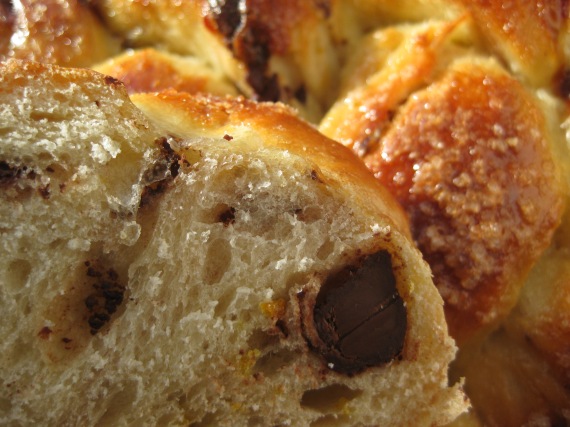
The result: a nice sweet bread, the dough is not dry as it happens with sweet leavened bread sometimes, and the chocolate is pleasingly… chocolate!
Thanks to all the contributors to this post (Redenta & Caterina, Tamara, grazie!), including the eaters, of course.
More recipes are pushing their way up to their fame and fortune, just wait a bit. I’ve also been checking where the visitors to my blog come from, especially the links and how to improve the situation, so to say (you might have received a notification of a new post which was just claiming mu blog at Bloglovin’ s). Thus, I tracked one of my Russian salad recipes (Herring Under a Fur Coat) on this blog about Russia and the ex-USSR countries called The Mendeleyev Journal, as well as being linked to its Culinary/Food section (Thanks!).
And wish me luck (as always!).
G.
59.939039
30.315785
